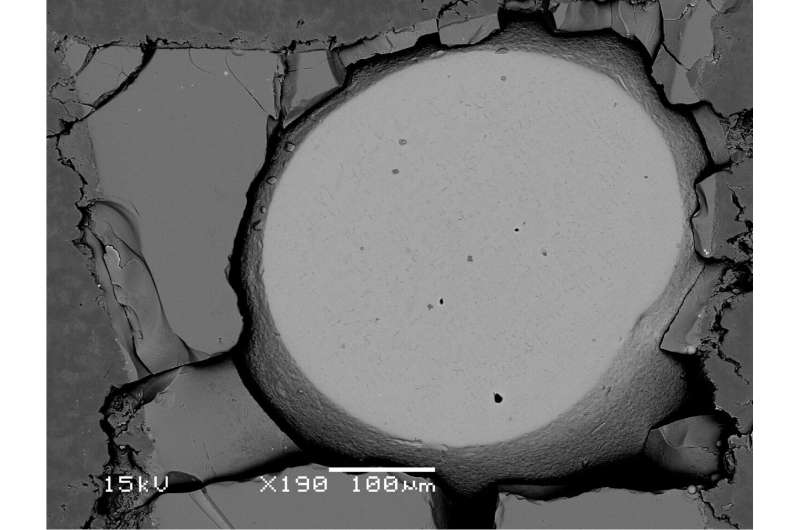How and when was carbon distributed in the Earth?

It is generally accepted that planetary surfaces were covered with molten silicate, a "magma ocean," during the formation of terrestrial planets. In a deep magma ocean, iron would separate from silicate, sink, and eventually form a metallic core. In this stage, elemental partitioning between a metallic core and a magma ocean would have occurred and siderophile elements would be removed from the magma ocean. Such a chemically differentiated magma ocean formed the present-day Earth's mantle. Previous studies have experimentally investigated carbon partitioning between iron liquid and silicate melt under high-pressure conditions and found that a terrestrial magma ocean should be more depleted in carbon than the present day. Thus, how and when the carbon abundance in the Earth's mantle has been established is still poorly understood.
All previous studies have used a graphite capsule, and therefore, the sample was saturated with carbon. However, the bulk Earth is unlikely to be saturated with carbon given the carbon abundance in chondrites which are believed to be the building blocks of the Earth. Moreover, it is known that the partition coefficient varies with the bulk concentration of the element of interest even if experimental conditions are identical. In order to investigate the effect of bulk carbon concentration on its liquid metal-silicate partitioning behavior, researchers at Ehime University, Kyoto University, and JAMSTEC have conducted new carbon partitioning experiments at carbon-undersaturated conditions using a boron nitride capsule.
The new experimental result shows that the partition coefficient of carbon between iron liquid and silicate melt at carbon-undersaturated conditions is several times lower than previous studies using a graphite capsule. This suggests that carbon in a magma ocean may not have been as depleted as previously thought and requiring re-investigation of the core-mantle partitioning of carbon.
More information: H. Kuwahara et al. The Effects of Carbon Concentration and Silicate Composition on the Metal‐Silicate Partitioning of Carbon in a Shallow Magma Ocean, Geophysical Research Letters (2019). DOI: 10.1029/2019GL084254
Journal information: Geophysical Research Letters
Provided by Ehime University



















